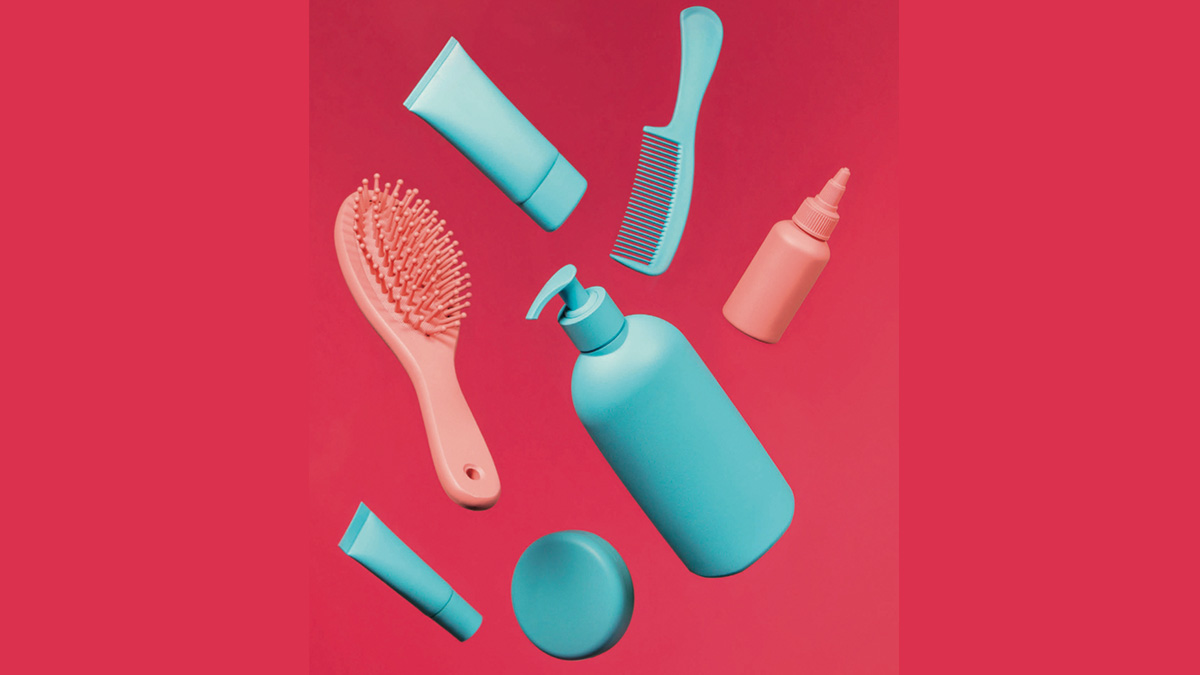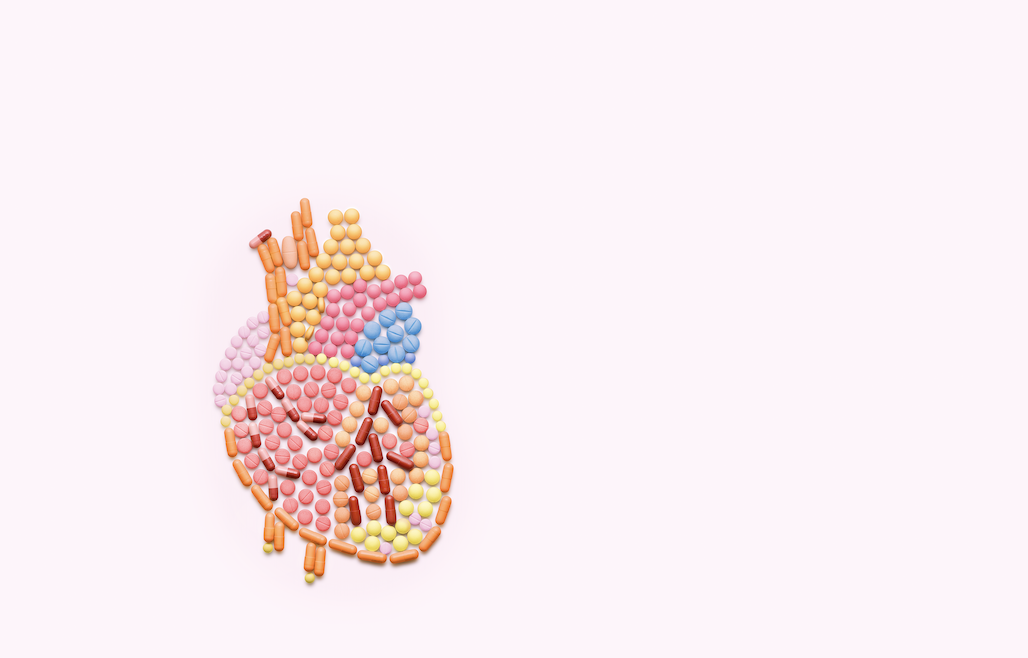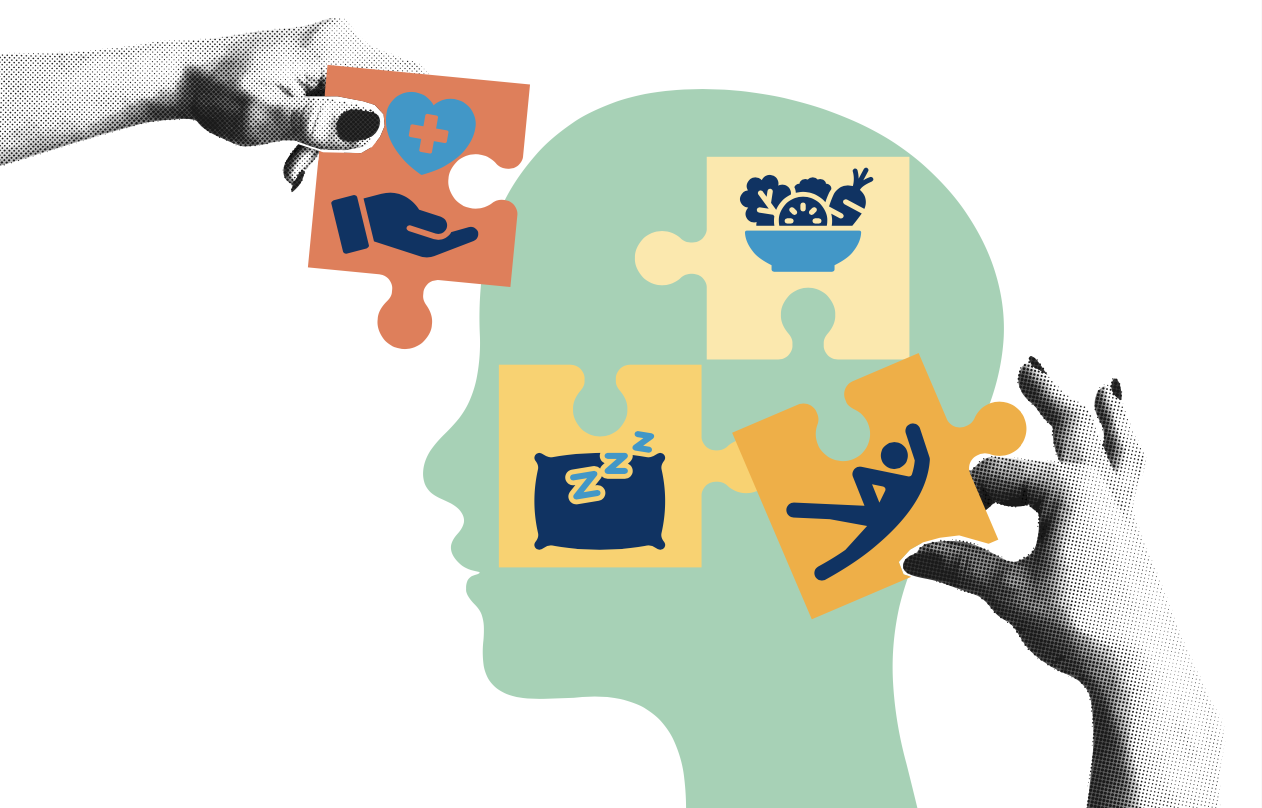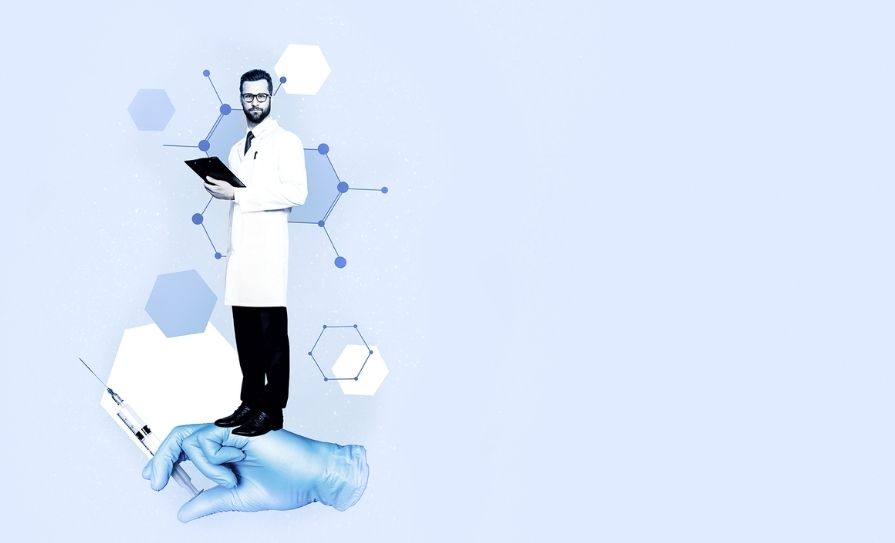An overview of the various conditions that can affect our hair and scalp as well as the management strategies and treatment options that are available
Introduction
Hair and scalp care is an important aspect of health and personal hygiene that is often overlooked. It is an important part of overall health, often having an impact on self-esteem and quality-of-life. The scalp has the function of acting as a physical barrier to protect the cranium from physical trauma and pathogens that can cause infection. The scalp is also a highly vascularised area with hair follicles and sebaceous glands. Hair has an important role in thermoregulation. Additionally, hair protects from ultraviolet radiation. Hair also plays a role in sexual signalling and is important in an individual’s self-identity. However, there are several conditions that can affect the hair and scalp. This article will provide an overview of good hair and scalp care practices; various conditions that can affect hair and scalp; management strategies; and treatment options available.
Hair and scalp health is influenced by several factors, including genetics, hormonal changes, environmental factors, diet, personal care practices, and overall health. Many conditions have a genetic component, while hormonal changes due to pregnancy, menopause, or thyroid issues can have an impact on hair and scalp health. Physical and emotional stress can negatively impact hair and scalp health, while deficiencies in essential vitamins and minerals can also play a role. Keratin is a protein that is the primary component of hair that grows from hair follicles in the scalp. The scalp is a sensitive area and environmental factors including UV radiation, pollution, and harsh hair treatments can damage the structure. Additionally, underlying health conditions can have an impact on the scalp, with psoriasis and seborrheic dermatitis common examples.
Overview of common hair and scalp conditions
Alopecia is the absence or loss of hair in areas where hair is expected to be present. It can affect both males and females and all age groups. Patients may experience significant psychological distress and have a diminished quality of life. Alopecia may be temporary or permanent and can be classified as scarring or nonscarring. Androgenetic alopecia is a scarring alopecia, commonly known as male or female pattern baldness. It is due to an excessive response to androgens and is characterised by progressive loss of terminal hair at any stage after puberty. Alopecia areata is a chronic autoimmune disorder that disrupts the normal hair cycle and leads to hair loss without permanent follicle damage. Telogen effluvium is a temporary scarring alopecia characterised by excessive shedding of resting hair after metabolic stress, hormonal changes, or medication. Scarring alopecia occurs when the hair follicle is irreversibly destroyed and replaced by fibrous tissue. Scarring alopecia is rarer, with limited treatment options available. Patient history and physical examination is generally used in the diagnosis of alopecia. Further investigations may be used to confirm diagnosis, and these include a complete blood count, complete metabolic panel, iron levels, thyroid-stimulating hormone levels, and vitamin D levels.
The main objective of androgenetic alopecia treatment is stopping hair loss, preventing or slowing further hair loss, and promoting hair growth. Topical minoxidil and oral finasteride are first-line treatments in males, while topical minoxidil is the first-line treatment for females. Finasteride is a 5 alpha-reductase inhibitor and works by decreasing the production of dihydrotestosterone. It is generally administered orally at a dose of 1mg, with sexual dysfunction the most common adverse effect. Minoxidil acts a potassium channel blocker, which facilitates dilation of blood vessels. This increases vascularisation and enables greater delivery of blood, oxygen, and nutrients to hair follicles, and stimulates hair growth. Treating underlying conditions such as nutritional deficiency and hyperandrogenism may also be useful. Other treatment options include microneedling, low-level laser therapy, platelet-rich plasma, and autologous hair transplantation.
Seborrheic dermatitis is an inflammatory skin disease that presents in areas of the body that are rich in sebaceous glands
Treatment for alopecia areata aims to immunomodulate the activity of the autoimmune disease. Topical corticosteroids are first-line therapy for mild alopecia areata and are used as adjunctive therapy in more severe disease, while intralesional corticosteroid injections can also be used. Oral corticosteroids may be used for moderate-to-severe disease, while immunomodulators such as methotrexate may be a treatment option. Telogen effluvium is reversible – removing the trigger and treating any underlying condition is recommended – while counselling is also an important aspect of treatment.
Seborrheic dermatitis (SD) is an inflammatory skin disease that presents in areas of the body that are rich in sebaceous glands. SD can occur on the scalp, face, and body folds. SD causes flaking, scaling, inflammation, and pruritus on different areas of the body, while dandruff is a milder form of SD that is restricted to the scalp and causes itchy, flaking skin without visible inflammation. Infantile SD usually appears in the first three months of life and presents as cradle cap – greasy scales on the crown and front of the scalp. This is usually self-limiting and resolves within the first 12 months. Adult SD or dandruff is characterised by a relapsing and remitting presentation. The aetiology of SD is believed to be multifactorial with the Malassezia species of fungus, composition of lipids on the skin, and individual susceptibility thought to play a role. Risk factors for the development of SD include age, male sex, immunodeficiency, increased sebaceous activity, exposure to certain medications, and co-morbidities.
Diagnosis is usually based on a physical evaluation, while treatment can vary depending on the age of the patient and severity of the symptoms. Using a soap substitute and appropriate moisturising are important in the management of this condition. The objectives of treatment are improving symptoms and maintaining remission. Topical antifungal therapy is often the first-line treatment, with shampoo formulations often containing ketoconazole and ciclopirox. Corticosteroids are also used topically to reduce inflammation and relieve other symptoms, with betamethasone and clobetasol two common examples. Newer therapies include immunomodulators such as topical calcineurin inhibitors, for example, tacrolimus. Coal tar can be used as a keratolytic agent to remove scaling, while alternative treatments such as tea tree oil and coconut oil may have some benefit. Systemic treatment is generally reserved for very severe symptoms or if the patient has not responded to topical therapy.
Pediculosis, also known as louse infestation, is a common condition that affects millions of people worldwide. Lice are obligate parasites that are transmitted through direct skin-to-skin contact or object-to-skin contact. Two main variations affect humans – pediculus humanus capitis (head lice) and pthirus pubis (pubic or crab lice). Head lice are typically 1-3mm long, while pubic lice are much smaller. Pruritis, generally from an immune-mediated hypersensitivity reaction, is the most frequent presentation. This may take two-to-six weeks to develop and can lead to secondary bacterial infection. Diagnosis is usually made after physical examination in most cases. Lice can be removed physically, through shaving affected areas or by physical removal with a comb, with cure rates varying widely. Treatment often kills the lice but doesn’t reliably kill the eggs, therefore repeat treatment is often necessary for complete eradication. Permethrin and malathion are pediculicides and work by causing neurotoxicity and resulting in paralysis of the louse. Other methods, such as dimethicone, work by suffocation of the louse from topical application.
Bacterial, fungal, and viral infections can affect the scalp and cause symptoms such as inflammation, redness, itching, and hair loss. Tinea capitis, often known as scalp ringworm, is a fungal infection of the scalp hairs primarily caused by dermatophyte species Microsporum and Trichophyton. Tinea capitis often presents in children aged between three and 14 years but can affect any age group. Eyelashes and eyebrows may also be involved. Red papules, that usually spread over time, are one of the first symptoms. The whole scalp may be involved, and symptoms include redness, inflammation, itching, scale formation, and alopecia. A fungal culture swab, biopsy, or scraping from the scalp can be used to confirm diagnosis. Systemic antifungal medications are first-line treatment for tinea capitis. Griseofulvin, itraconazole, and fluconazole are all oral treatment options. Terbinafine, an allylamine agent, is also an oral treatment option. Oral corticosteroids may be used for a short period if inflammation is present. Antifungal and corticosteroids may be used topically as an add-on treatment.
Common dermatology conditions, including psoriasis and dermatitis, can affect the scalp. Psoriasis is an immune-mediated inflammatory disease, involving skin and joints. Plaque psoriasis is the most common clinical presentation of psoriasis. Plaque psoriasis usually presents with large plaques over the scalp, trunk, and extensor body surface. These plaques may be covered with silvery-white scales and may cause some pain. Plaque psoriasis can cause itching, particularly when the scalp is involved. Treatment should be individualised for the patient depending on the severity, patient age, and quality-of-life issues. Treatment can be categorised into topical treatments, systemic therapy, phototherapy, and biologic treatment. Topical treatment includes the use of emollients, moisturisers, corticosteroids, vitamin D analogues, calcineurin inhibitors, and keratolytic agents. A combination of topical agents may be more effective than monotherapy. Systemic medication to treat psoriasis are generally immunomodulators and include acitretin, methotrexate, cyclosporine, tacrolimus, and hydroxyurea. Biologic agents, including etanercept, adalimumab, infliximab, secukinumab, and ustekinumab can be effective in treating moderate-to-severe disease.
Paraphenylenediamine is present in hair dye and is a common cause of allergic contact dermatitis on the scalp
Contact dermatitis is an inflammatory skin disease that can also affect the scalp. It is caused by chemicals that exert toxic effects without inducing a T-cell response (irritant contact dermatitis) or by inducing innate and adaptive immune responses (allergen contact dermatitis). Paraphenylenediamine is present in hair dye and is a common cause of allergic contact dermatitis on the scalp. Contact dermatitis usually presents with symptoms of burning, itching, stinging, pruritus, and pain. Contact dermatitis can present with three morphological patterns. The acute phase includes symptoms of erythema, oozing, crusting, vesicles, or pustules; the subacute phase with crusting, scales and hyperpigmentation; and the chronic phase with lichenification. The mainstay of management of contact dermatitis is avoidance of the causative agent. Topical corticosteroids may be used to reduce inflammation associated with dermatitis. Oral or topical antihistamines can be helpful in controlling pruritus. Systemic corticosteroids may be used in severe cases.
Role of the pharmacist Pharmacists can play an integral role in maintaining good hair and scalp care, including the management of related conditions. Pharmacists are ideally positioned in the community to provide advice and treatment for common hair and scalp conditions. Pharmacists can provide over-the-counter products and counsel patients on their use if appropriate. They can also educate patients on appropriate use of prescription medications, while emphasising the importance of medication adherence in improving clinical outcomes. Pharmacists can also identify cases that require referral to other healthcare professionals for evaluation, with early intervention important in improving clinical outcomes. Patients may be referred in the case of severe or persistent symptoms, signs of infection, and sudden or extensive hair loss. Pharmacists can also educate patients on proper hair and scalp care practices, including good hygiene, proper nutrition, adequate hydration, and product selection. Furthermore, pharmacists can encourage patients to practise stress management techniques, as stress can contribute to hair loss and scalp conditions.







